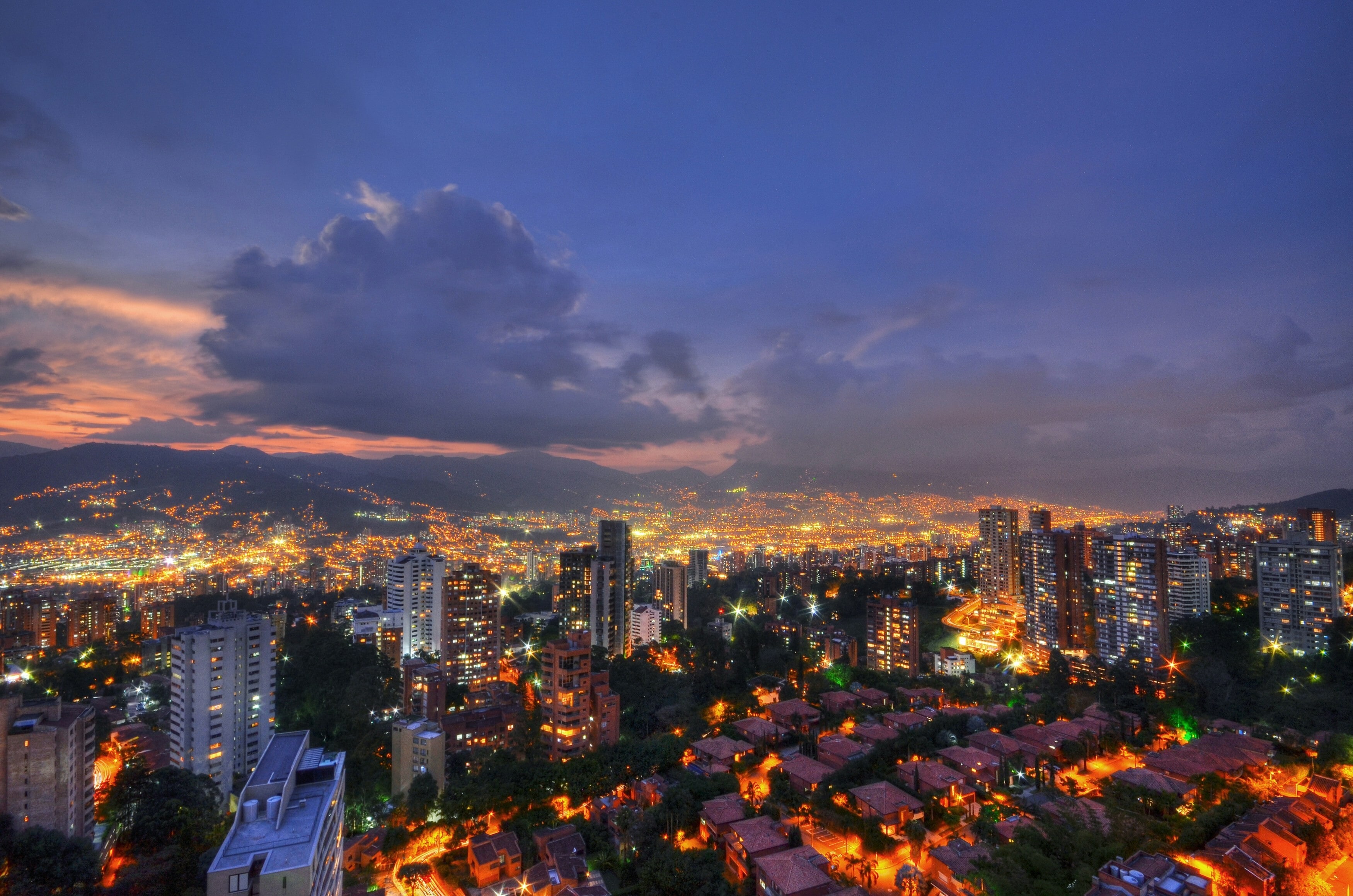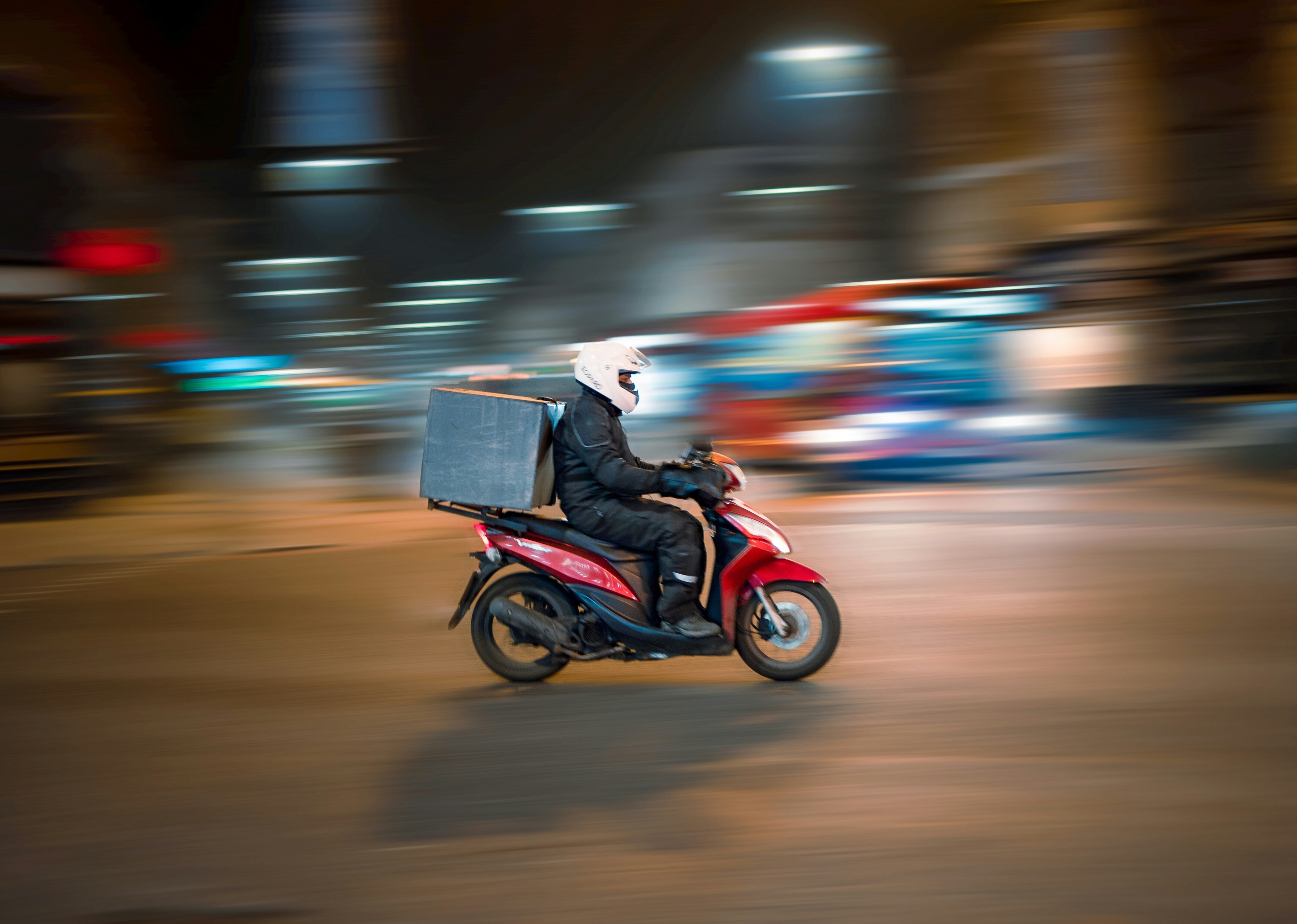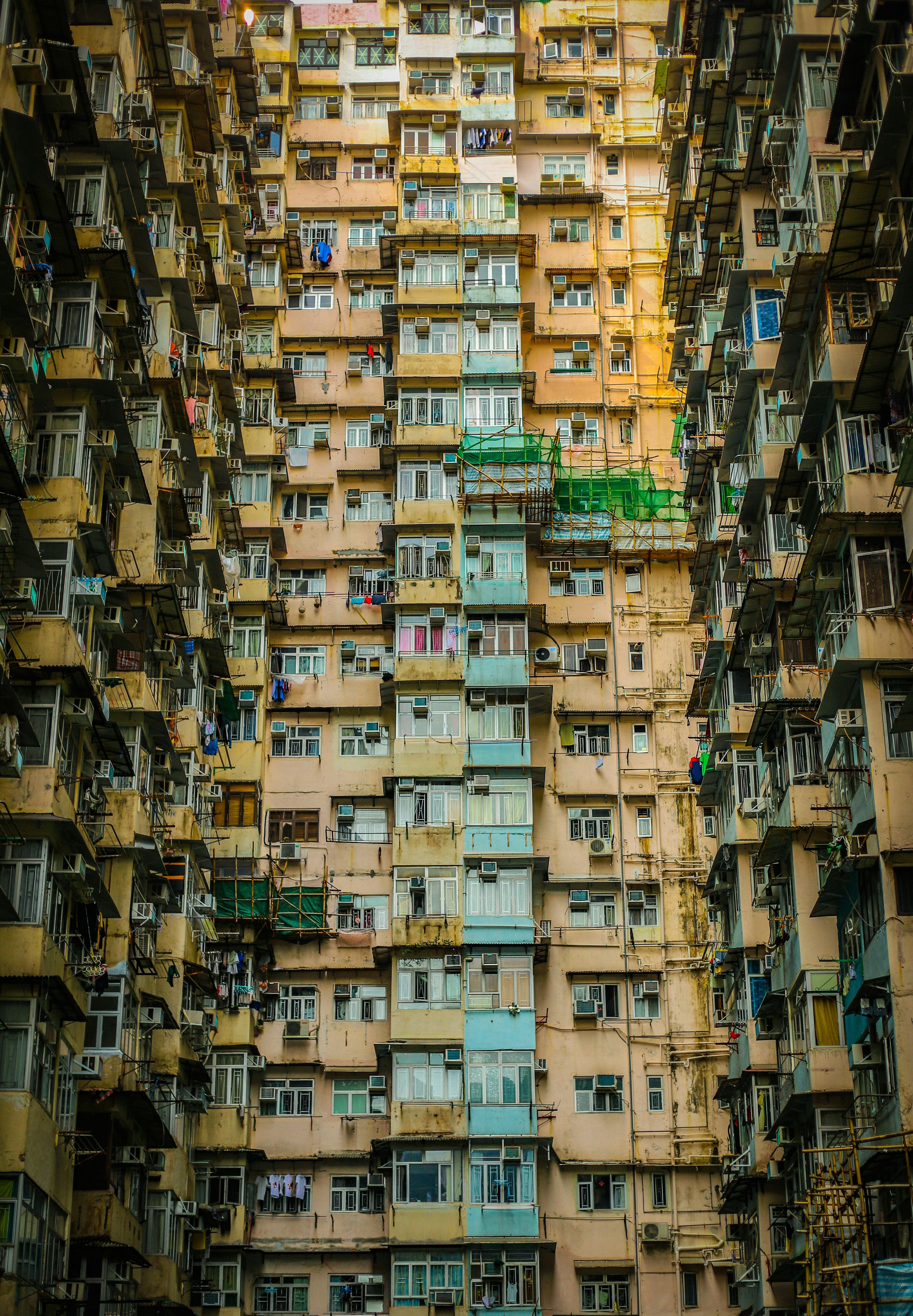Why we need more public spaces in our cities

Most cities fall short of the public space goal of 15-20%, but green spaces are necessary in urban environments.
Image: REUTERS/John Schults
Stay up to date:
Cities and Urbanization
How to make cities more livable for people? How to create good, inclusive and accessible public spaces for all?
I’m not an urban planner nor an architect. I’m not a sociologist or an anthropologist either. But based on my personal experience, I can tell why public spaces are important in people’s lives. Just close your eyes for a second and think about your favorite public space. What do you like to do over there most? Why do you think you love it there?
I like them because they provide green breather spaces in the city and provide a place for recreation, enjoyment and a sense of belonging.
However, after hearing from many prominent urban development experts at a recent World Bank-led “Urbanscapes Symposium”, I quickly realized that public spaces are more than this. It was striking to me to see and learn that, for others, public spaces are places where livelihoods are conducted and are essential spaces for social interaction, especially for the poor.
In that respect, providing people with new public spaces, where they can feel invited, welcome and safe, can encourage them to spend more time outside and foster interaction among lower income communities.
It should come as no surprise, then, that planning standards recommend devoting 15-20 % of land in cities to public open space… Yet most cities are falling short of that goal: in the United States, for instance, 75% of the 100 largest cities do not meet that requirement.
So how can we work with cities to help them create a better urban environment and leverage the potential of public spaces?
Although solutions should obviously be tailored to the specific context of each city, there are six key priorities that emerged during the symposium:
Redefining infrastructure with place-led development: Cities do not exist without people and it is important to shape the city according to their needs. The design of public places should allow all residents to take ownership of them, so they can become a shared asset that the entire community can enjoy. Actions should be taken to create vibrant and healthy cities for all people regardless of age or social, economic, or ethnic background. Putting parks and play areas within short walking distance, opening the streets to people by closing them to cars, and improving safe walking as well as bicycling for people are some of the doable actions that can make a big difference.
Integrating Urbanscapes into World Bank projects: In several World Bank projects, interventions at the urban street level were instrumental in improving beneficiaries’ overall quality of life, especially for the urban poor and disadvantaged, while also enhancing livability, improving prosperity, and supporting city transformation. Based on these promising results, we must now explore opportunities to scale up this approach and ensure that more urban projects include a street-level component.
Transforming public spaces and streetscapes: I love walking but never thought of its function within the city before. The walking environment in cities and pedestrian priority on the streets are very important for mobility, which in turn provides accessibility to public spaces for all.
Fostering economic development through urban places: Not only can urban public spaces make people feel better, safe, and included, but they can also foster economic development. The quality of a place leads to attachment, and the attachment leads to higher growth. How could this happen? Because in addition to being sociable, accessible and comfortable, a good place should also be full of uses and activities, which in turn boost the economic activity over there. Projects like the London Olympic Park or Washington DC’s Anacostia River Waterfront, for instance, brought about economic development to the neighborhoods around them.
Measuring and innovating urban spaces: More quantitative data could be used in urban design. And innovation is definitely an area with no limits. Learning about innovative as well as quicker and cheaper design alternatives for public spaces like parklets and Living Innovation Zones (LIZs) in San Francisco was very inspiring in that sense. Over 60 parklets have been installed all around the city since 2010 and they provide amenities like seating, planting, bicycle parking, and art on part of the street next to the sidewalk. Even more interestingly; LIZs, which are temporary installations created in the city, provide not only public spaces for people but also an exhibition and experimentation area for creative projects and innovative technologies.
Creating safer and more inclusive public spaces: There are several examples of cities in different parts of the world that successfully transformed from violent, criminal and unsafe environments, into inclusive, safer and more livable places. Public space enhancement projects in Karachi, Medellin and Honduras, whose common point is to include the citizens in the process, showed how such transformation could be possible. Creating public spaces “for and with the people” was the key in all those three examples. And a change towards more inclusive public places brought about a sense of belonging, togetherness and in turn safety to these environments.
So, besides being joyful, public spaces could provide much more to their users, especially to the poor. Do you think the public spaces in your neighborhood are well-designed in that sense? And, could each and every citizen of that neighborhood benefit from those amenities?
Don't miss any update on this topic
Create a free account and access your personalized content collection with our latest publications and analyses.
License and Republishing
World Economic Forum articles may be republished in accordance with the Creative Commons Attribution-NonCommercial-NoDerivatives 4.0 International Public License, and in accordance with our Terms of Use.
The views expressed in this article are those of the author alone and not the World Economic Forum.
Forum Stories newsletter
Bringing you weekly curated insights and analysis on the global issues that matter.
More on Urban TransformationSee all
Luis Antonio Ramirez Garcia
August 11, 2025
Michael Fröbel and Stanislas Hillen
August 8, 2025
Jeff Merritt and Vivian Brady-Phillips
July 25, 2025
Muhammad Hassan Dajana and James Balzer
July 22, 2025
Olivia Nielsen
July 16, 2025




